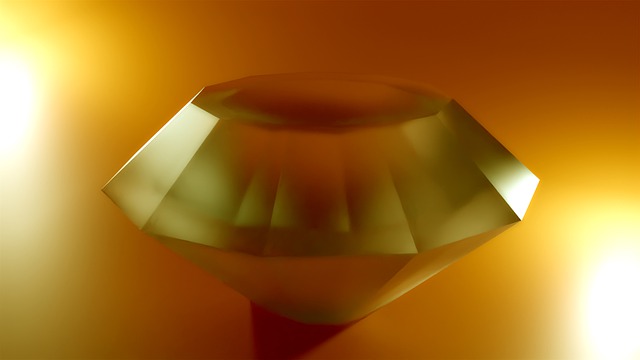Magnificence is a powerful thing – nearly as powerful as semantics. There’s not really preferred proof for this over the flooding fame of champagne diamonds – colored diamonds that in fact, are brown diamonds with a luxury name and a yellowish shade.
As appealing and looked for after as champagne diamonds are today, they weren’t generally so valued. With some cutting, cleaning, and an intricate marketing effort, these stones have made considerable progress.
What are Champagne Diamonds?
In all actuality, in the past, common extravagant brown diamonds weren’t particularly popular. However, champagne diamonds have figured out how to increase considerably as of late from authorities and financial specialists.
All-regular extravagant colored diamonds get their color because of a component’s quality in the precious stone structure, which influences the manner in which light retains. Champagne diamonds specifically contain nitrogen, which is caught during the diamonds’ development. The more nitrogen, the more profound the force of the brown color, and the other way around.
So What Is The Champagne Color?
It’s a light brown, regularly with an auxiliary tone of yellow. Curiously, as indicated by Diamonds With A Story, champagne diamonds are especially testing to clean because of their focus on translucent structure, unusual shapes, and once in awhile scratched surfaces. To beat this snag, Rio Tinto’s Argyle Mine created extraordinary projects in India for effectively cleaning champagne diamonds, subsequently uncovering their most extreme possible excellence.
Grading Champagne Diamonds Color
You will never observe “champagne” on a grading report from the Gemological Institute of America. Rather, the color would be portrayed as an extravagant light yellow-brown, extravagant yellowish-brown, or a comparative phrase that demonstrates the tint and force.
Then again, The Argyle Mine has contrived a different color scale specifically to grade champagne diamonds, which ranges from C1 to C7. C1 to C2 is light champagne, C3 to C4 are medium champagne, C5 to C6 are dull champagne, and C7 is considered “cognac.’
Champagne Diamonds Value
As with other colored diamonds, the color and its quality of tone is the most significant factor in deciding the worth. When all is said in done, the more obscure and rare cognac diamonds come at the greatest expense, while champagne diamonds on the lighter finish of the range (C1 to C3) are more typical to stop by and thus more affordable.
All things considered, the cost of these diamonds, all in all, is commonly much lower than other mainstream extravagant colors, for example, pink or blue and even yellow. Financial conditions had a major impact on enhancing Argyle’s endeavors to increase the ubiquity of champagne diamonds: These stones were a moderate choice to white diamonds. What’s more, the value difference between champagne and white diamonds just gets greater and recognizable with their size.
Since numerous jewelers utilize the expression “champagne” to make a bad quality diamond look more appealing, it’s ideal to consistently get one with a gemological certificate – preferably from the GIA – so you have the assurance of the stone’s real color and worth.
As recently referenced, a significant reason why champagne diamonds turned into an engaging option in contrast to the customary white diamonds is that they were less expensive.
Notwithstanding their reasonableness, however, they are surprisingly adaptable. They can easily progress from day to night, and match a wide range of clothing as they are an unbiased and ageless tone.

